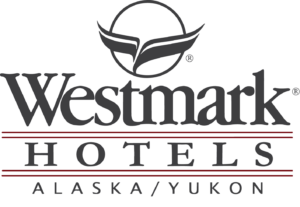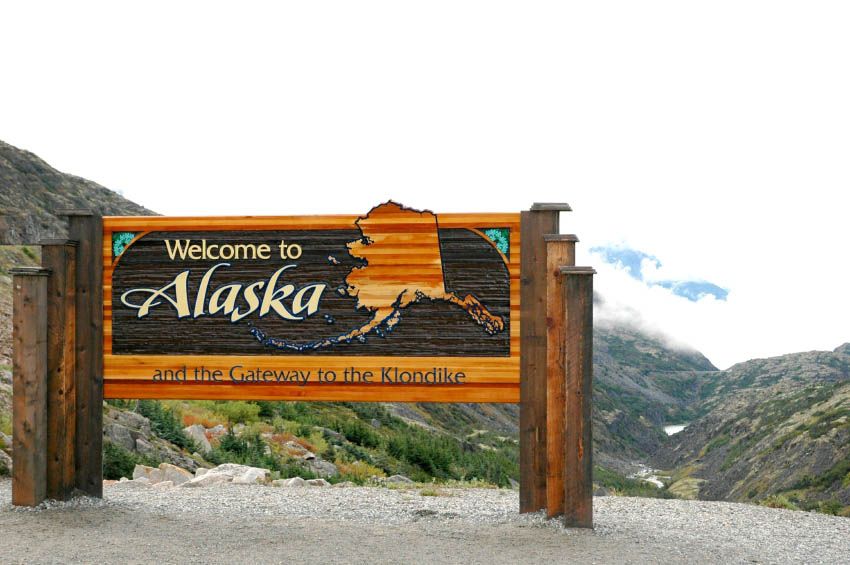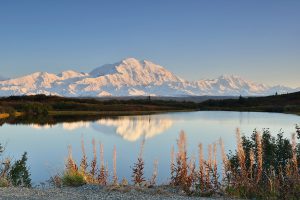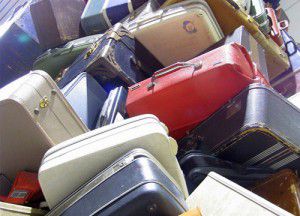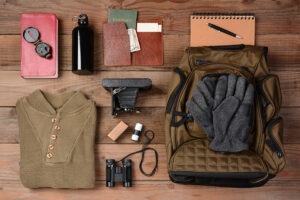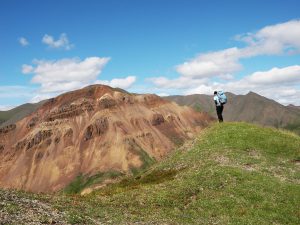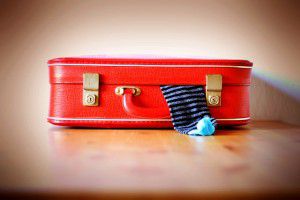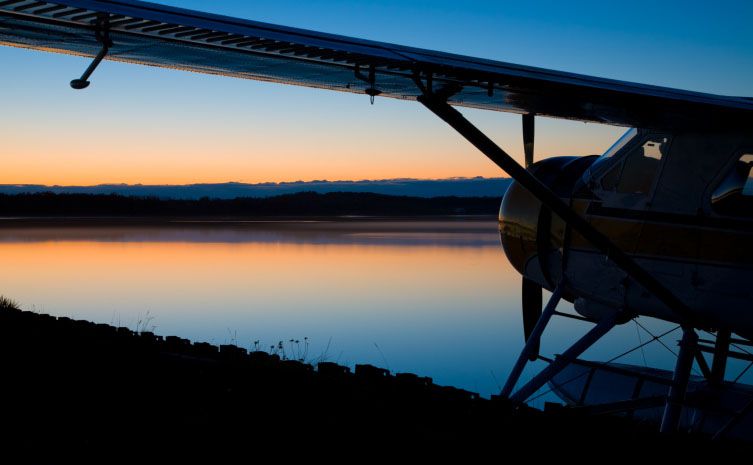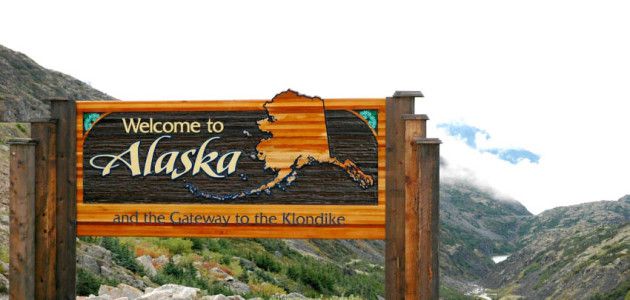
If you’re planning a trip to Alaska from outside of the US, there are a few issues you’ll need to consider, and the sooner the better. If you take some time to plan things out in advance, you’ll be able to step off the plane with confidence, ready to enjoy a fun and productive visit. Here is a short guide to help you prepare for your trip.
Visa Requirements
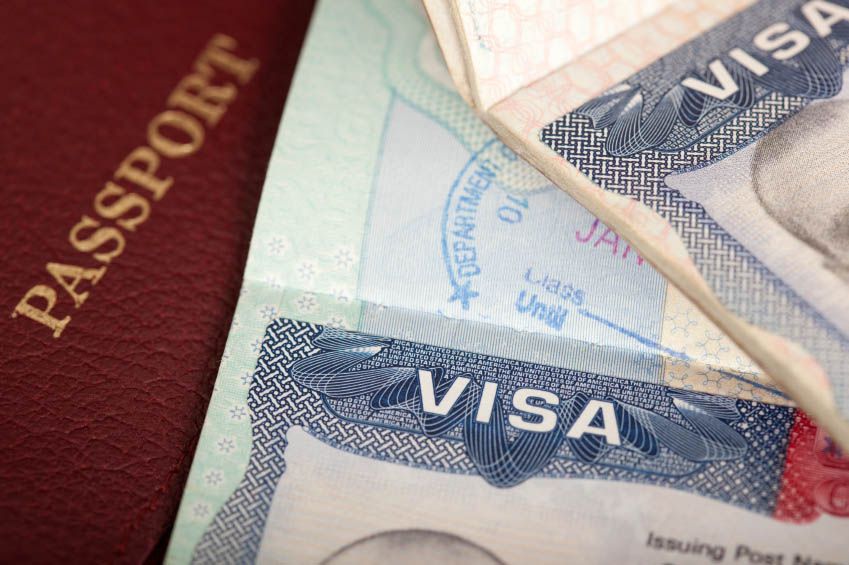 When traveling to the US, most people who are citizens of foreign countries will need to obtain a non-immigrant Visa for temporary stay. There are several types of Visas available and the type that you will need depends on the purpose of your trip.
When traveling to the US, most people who are citizens of foreign countries will need to obtain a non-immigrant Visa for temporary stay. There are several types of Visas available and the type that you will need depends on the purpose of your trip.
Which Type of Visa Does Your Visit Require?
If you’re visiting Alaska on vacation or to visit friends, you’ll probably need a B-2 visa. If you’re traveling for business, a B-1 visa may apply to you. Visit www.visahq.com to find out which type of visa you’ll need.
How Long Will It Take To Get A Visa?
Depending on what country you’re traveling from, obtaining a Visa can be a lengthy process, so it’s important to start planning early. Some countries have long wait times for interviews. Get in touch the US embassy near you to get an idea of how long the entire application might take.
Can You Travel Without a Visa?
Some visitors can get by without a Visa if they meet certain requirements. To qualify for the Visa Waiver Program, visitors must obtain authorization through the Electronic System for Travel Authorization (ESTA). To see if you might be eligible to make your trip without a Visa, visit the ESTA webpage for details.
Arriving In the US
 When you set foot in the United States, you’ll be in a port of entry. US port of entries are staffed with people in charge of inspecting travelers’ information and luggage before they are legally allowed into the country. Passing through the port of entry is generally pretty quick and easy, and you can make sure the process goes smoothly by being prepared.
When you set foot in the United States, you’ll be in a port of entry. US port of entries are staffed with people in charge of inspecting travelers’ information and luggage before they are legally allowed into the country. Passing through the port of entry is generally pretty quick and easy, and you can make sure the process goes smoothly by being prepared.
Have Your Paperwork Handy
As soon as you disembark the plane at a US airport, head to the Immigration line. Have your Visa, passport, Form 1-94, and customs form all filled out and close at hand for Immigration Officers to inspect.
Check In With Immigration
You may be asked questions regarding the purpose of your trip, how long you plan to stay, or whom you are visiting. After your paperwork is inspected, Immigration Officers will record your fingerprints, take your picture, stamp your passport, and return your documents.
Claim Your Baggage and Go Through Customs
Next, pick up your bags from the baggage claim area and check in at Customs. Officers there will look at your customs form and may ask you a few questions about what you’re bringing in. Certain things are not allowed into the US from abroad. Dangerous items and some seemingly harmless material like fruits, vegetables, plants, and animal byproducts are also banned from entering the country.
Money
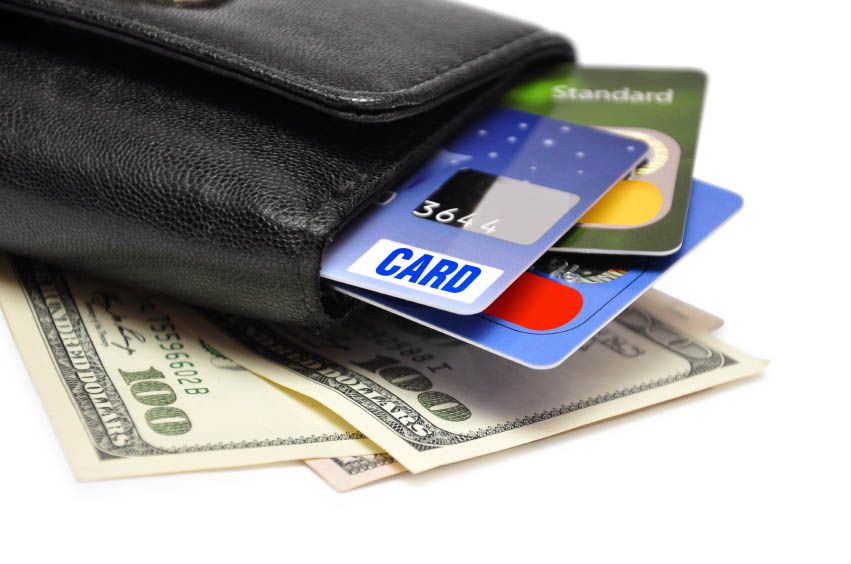 With the popularity and advancement of credit and debit over the last decade, spending money abroad is easier than ever. Checking out at a Starbucks in London feels pretty much the same as getting a latte in Anchorage when you pay with plastic. However, there are a few things you’ll want to take into consideration while planning for an international trip.
With the popularity and advancement of credit and debit over the last decade, spending money abroad is easier than ever. Checking out at a Starbucks in London feels pretty much the same as getting a latte in Anchorage when you pay with plastic. However, there are a few things you’ll want to take into consideration while planning for an international trip.
Credit Cards
Using credit cards can be a simple and convenient way to make payments during your visit. With international credit cards, you won’t have to figure out conversion rates or bother with differentiating between different US coins. Make sure to check with your bank in advance of your trip to find out what sort of fees they charge for international transactions, that way you’ll avoid any surprises on your next bill.
ATM Cards
Bringing along an ATM card that works in US machines is a great idea. You’ll be able to use the card directly at most points of sale and to take out cash for situations where cards are not accepted. If your card is lost or stolen you can call your bank to have it cancelled, which makes it a safer option that carrying a bunch of cash around.
Traveler’s Checks
If you have an ATM card, there’s not much point in getting traveler’s checks, but they could act as a good backup if you run into a situation where your card is lost or stolen. If you choose to buy traveler’s checks, it’s a good idea to store them somewhere safe, separate from your cards and cash.
Cash
Even if you have a wallet full of cards, you’re going to want to have a little cash on you at all times during your trip. You could be picking up a handcrafted souvenir from a little hole-in-the-wall boutique, or buying lunch at a local diner, be aware that there are some businesses that only accept cash. Cash will also come in handy when leaving tips.
Health Care
 Health care in the United States is top-notch, and Alaska is home to many excellent hospitals. However, visiting hospitals and medical clinics in the US can be very expensive if you don’t have insurance. You could step in for a minor treatment and leave an hour later with a thousand-dollar bill. If your regular insurance won’t cover you while you’re aboard, invest in travel health insurance for your trip.
Health care in the United States is top-notch, and Alaska is home to many excellent hospitals. However, visiting hospitals and medical clinics in the US can be very expensive if you don’t have insurance. You could step in for a minor treatment and leave an hour later with a thousand-dollar bill. If your regular insurance won’t cover you while you’re aboard, invest in travel health insurance for your trip.
If you take prescription medications, bring enough to cover the duration of your stay. That way you’ll avoid any confusion in case the brands you’re using aren’t readily available in some areas. Ask your physician for a signed and dated letter detailing all of your prescriptions.
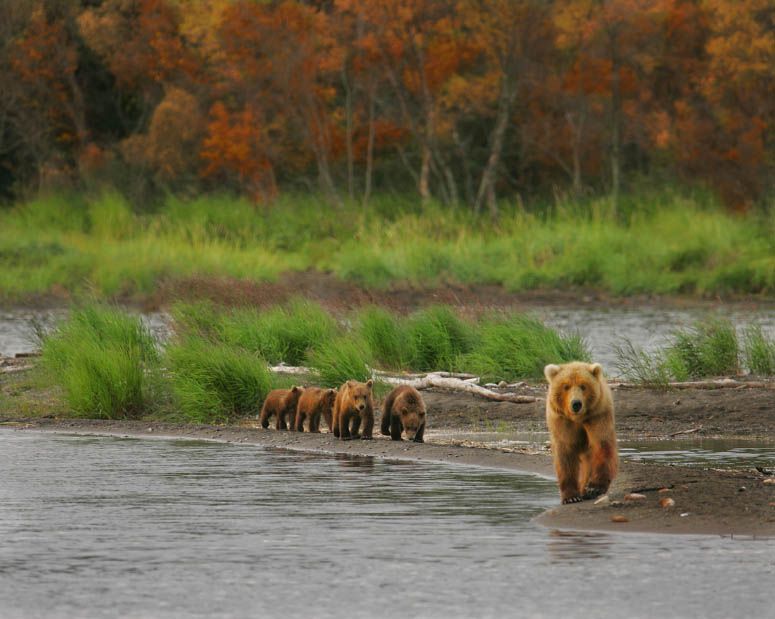 Visiting the US from abroad is simple if you plan ahead. Once you set eyes on the stunning natural beauty of America’s 49th state, you’ll be glad you made the trip. We think you’ll agree that there’s no place on earth quite like it.
Visiting the US from abroad is simple if you plan ahead. Once you set eyes on the stunning natural beauty of America’s 49th state, you’ll be glad you made the trip. We think you’ll agree that there’s no place on earth quite like it.
